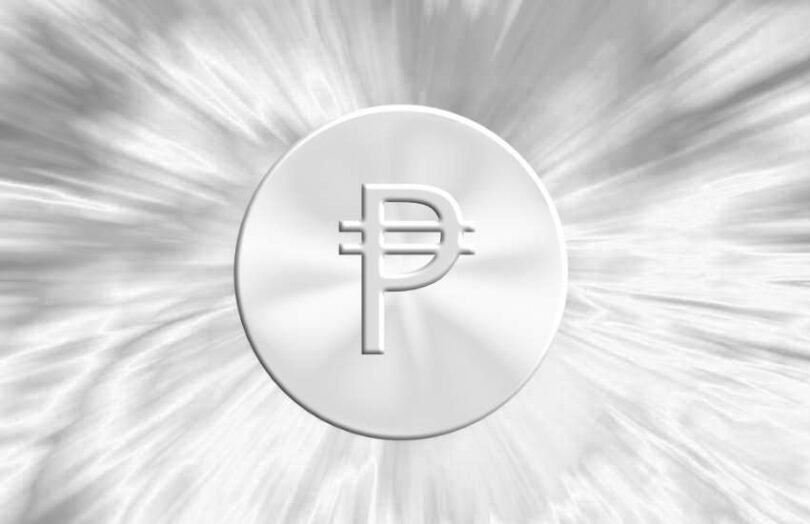Mexico has progressed worked on its central bank digital currency (CBDC) and is planning to launch it in stages. However, the first stage of the CBDC rollout is planning to use a mobile payment system struggling to get traction.
“The result of this initial phase entails the preparation of a budget that is currently being determined, and will in turn allow establishing a probable date on which said MDBC will be available,” the institution responded in a request for transparency made by El Sol de Mexico.
Plans for a digital currency were first announced in 2021, and at that stage an expected launch of 2024 was mentioned. However, since then Governor Victoria Rodríguez Ceja has taken over at the Bank of Mexico, and in April 2022 she told the Mexican senate to expect a three-year timescale, or 2025.
Stage one of the CBDC program involves redeveloping Cobro Digital (CoDi) a mobile payments system that will be the foundation of Pago Cel. However, CoDi lacks significant traction in Mexico. Our analysis shows that in 2022 CoDi processed on average Pesos 7 million a day or just $365,000 based on central bank statistics, despite launching in 2019.
CoDi-based Pago Cel will enable bank transfers using a mobile number or other personal identifiers.
Given that CoDi is tightly linked to institutions, perhaps it plans to make the system more open. That’s a strategy adopted by Brazil’s successful Pix system, as highlighted in a Bank for International Settlements (BIS) report that compared the two platforms.
The second stage of Mexico’s CBDC will involve financial institutions enabling digital currency transfers via the Interbank Electronic Payment System, to which CoDi is linked. And the final stage will support unbanked users.
That’s consistent with financial inclusion being the top priority for the CBDC, followed by expanding fast payment options.






